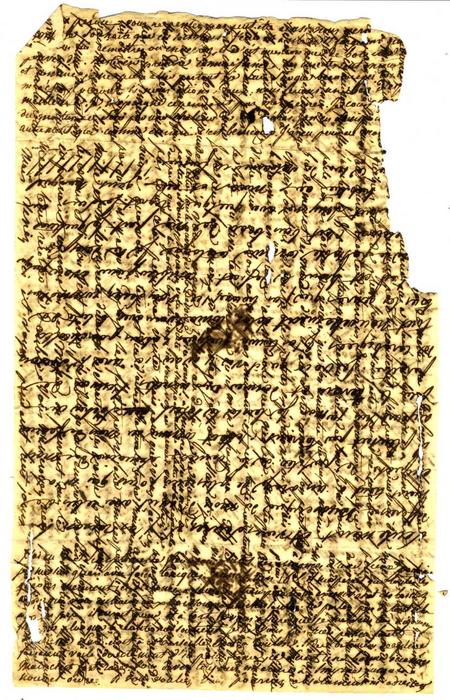
The Columbian Institute for the Promotion of Arts and Sciences was founded in Washington, DC in 1816. The organization aspired to be a clearing house of knowledge, diffusing information on agriculture, manufacturing, and natural resources across the young United States. Unfortunately, member apathy and lack of funding prevented the Institute from achieving its goal. Eventually, the Institute failed; the Smithsonian Institution, who shared its purpose, inherited its records. They’re now in the collections of the Smithsonian Institution Archives.
The Columbian Institute may have gone under, but among its remnants are letters and papers written by some leading scientists and statesmen of the day. For example, you may recall these letters in the papers of the Columbian Institute that my colleagues Tad Bennicoff and Kirsten Tyree wrote about; one letter by Thomas Jefferson and one potentially by John Quincy Adams.
When a researcher recently requested copies of the letters from the French naturalist Francis de la Porte in the collection, I discovered among them the most illegible document of my archival career.
If you’re an archivist, crabbed handwriting, odd spelling, smudged ink or pencil, obsolete syntax, and sometimes all of the above are part of your routine. Most of the time, you can pull off an educated guess to translate an illegible word or phrase—but this document was truly nightmarish! I found myself pitying the researcher faced with this letter, knowing that within its inscrutable contents might be something crucial to his research.
The letter is an extreme example of cross-writing. When paper was scarce, and postage was charged by weight, it wasn’t uncommon to write a letter on the front and back of the page, then start over, writing perpendicular to the original script. In most cases careful spacing and using only two directions left the document legible, if not enjoyable to decipher. Still, it could be annoying, even in its heyday. Charles Lutwidge Dodgson (better known under his pen name of Lewis Carroll) noted, "When you get to the end of a notesheet, and find you have more to say, take another piece of paper--a whole sheet, or a scrap, as the case may demand: but whatever you do, don't cross! Remember the old proverb 'Cross-writing makes cross reading'."
Our conservators and digital imaging team are going to try some scanning and Photoshop techniques to improve the letter’s legibility, and will blog their results in an upcoming post. In the meantime, care to try your own hand, and post a transcription in the comments section below?
Related Collections
Columbian Institute, Records, 1816-1841, with related papers, 1791-1800, SIA RU007051.
Produced by the Smithsonian Institution Archives. For copyright questions, please see the Terms of Use.

Leave a Comment